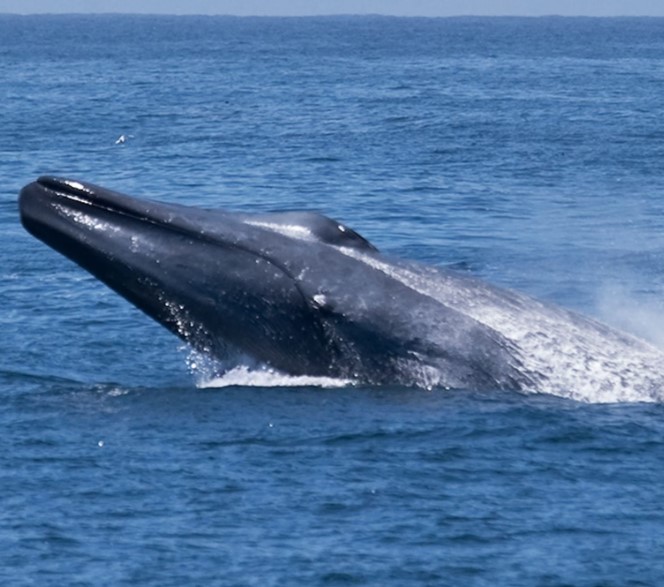No products in the cart.
5 largest mammals in the world, based on average size or weight
A mammal is a type of vertebrate animal that is characterized by the presence of mammary glands, which produce milk for nursing their young. Mammals also have hair or fur on their bodies, a four-chambered heart, and a neocortex region in the brain which is responsible for advanced cognitive functions.
Other features that are common to most mammals include a diaphragm for breathing, three middle ear bones, and a lower jaw made up of a single bone. Mammals come in a wide variety of shapes and sizes and can be found in virtually every ecosystem on Earth, from the oceans to the deserts to the polar regions.

Examples of mammals include humans, dogs, cats, horses, whales, dolphins, bats, and many more. Now, in this article, we will now take a look at the five largest mammals in the world based on average size or weight.
The five largest mammals in the world, based on average size or weight, are:
- Blue whale – The blue whale is the largest mammal on Earth, reaching lengths of up to 100 feet and weighing as much as 200 tons.
- African elephant – The African elephant is the largest land mammal, with males weighing up to 14,000 pounds and standing up to 13 feet tall.
- Hippopotamus – The hippopotamus is one of the largest mammals in Africa, with males weighing up to 4,400 pounds and standing up to 5 feet tall.
- Giraffe – The giraffe is the tallest mammal in the world, with males reaching heights of up to 18 feet.
- Brown bear – The brown bear is the largest land carnivore, with males weighing up to 1,500 pounds and standing up to 9 feet tall.








